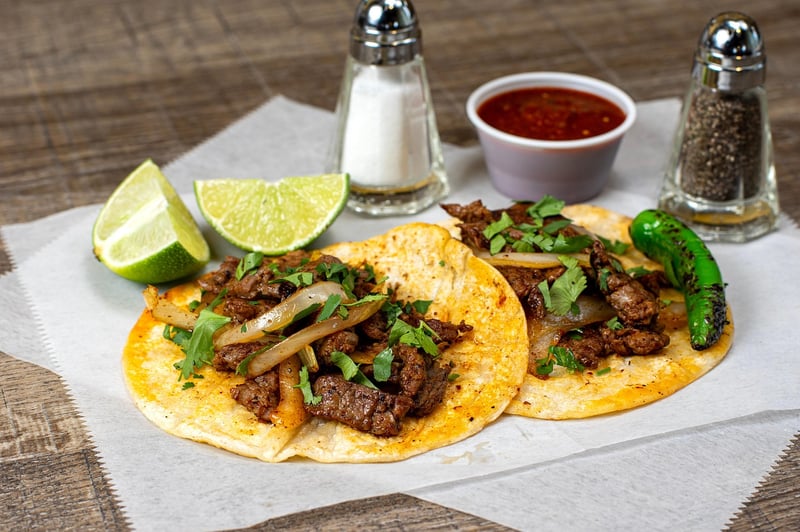Colonial Influences
Journey through Culinary Past: Colonial Influences
Food is not just sustenance; it is a reflection of history, culture, and society. The culinary landscape of a region is often shaped by its past, and in the case of many countries, colonial influences have left a lasting impact on their traditional cuisines.
Colonial Legacy in Culinary Traditions
Colonialism introduced new ingredients, cooking techniques, and flavors to indigenous populations, resulting in a fusion of culinary traditions. This blending of cultures gave rise to unique dishes that combine the best of both worlds.
Exploring Colonial Influences
Let's take a journey through some regions where colonial influences have greatly impacted the local cuisine:
1. India
Indian cuisine is a rich tapestry of flavors and spices, and much of it can be attributed to the colonial period. The British, Portuguese, and Mughals all left their mark on Indian cooking, introducing ingredients like potatoes, tomatoes, and chilies.

2. Mexico
Mexican cuisine is a delightful blend of indigenous flavors and Spanish influences. Ingredients such as corn, beans, and chili peppers were staples long before the arrival of the Spanish, who later introduced ingredients like rice, wheat, and various meats.

3. Southeast Asia
The cuisine of Southeast Asia bears influences from various colonial powers, including the Dutch, French, and British. Ingredients like coconut milk, peanuts, and soy sauce were introduced by these colonial rulers, adding depth and complexity to dishes.

The Legacy Lives On
Today, the legacy of colonial influences can still be seen in the culinary traditions of many countries. These influences have created a diverse and vibrant food culture that continues to evolve with time while honoring the past.
Exploring the culinary past through colonial influences offers a fascinating glimpse into how history has shaped the way we eat and appreciate food today.
